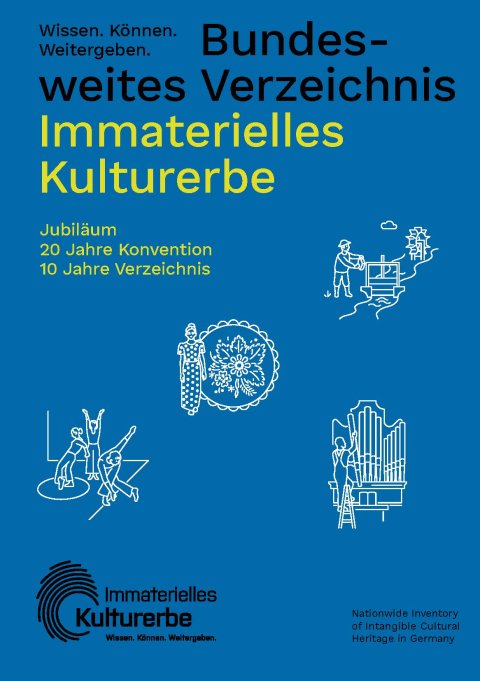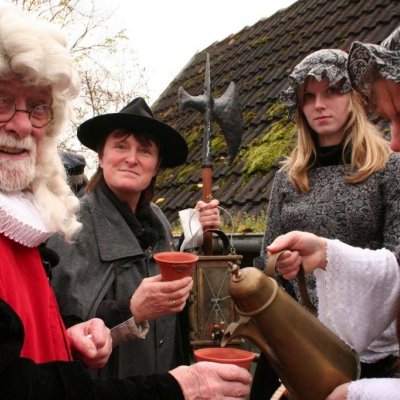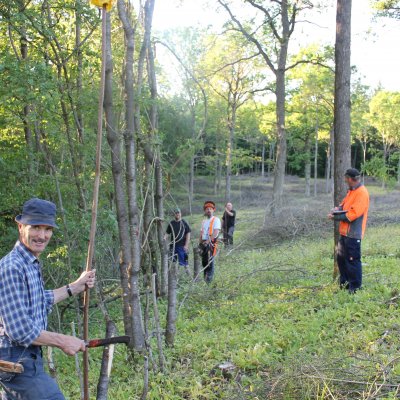Nationwide Inventory of Intangible Cultural Heritage
South German Nomadic Sheep Farming and Herding
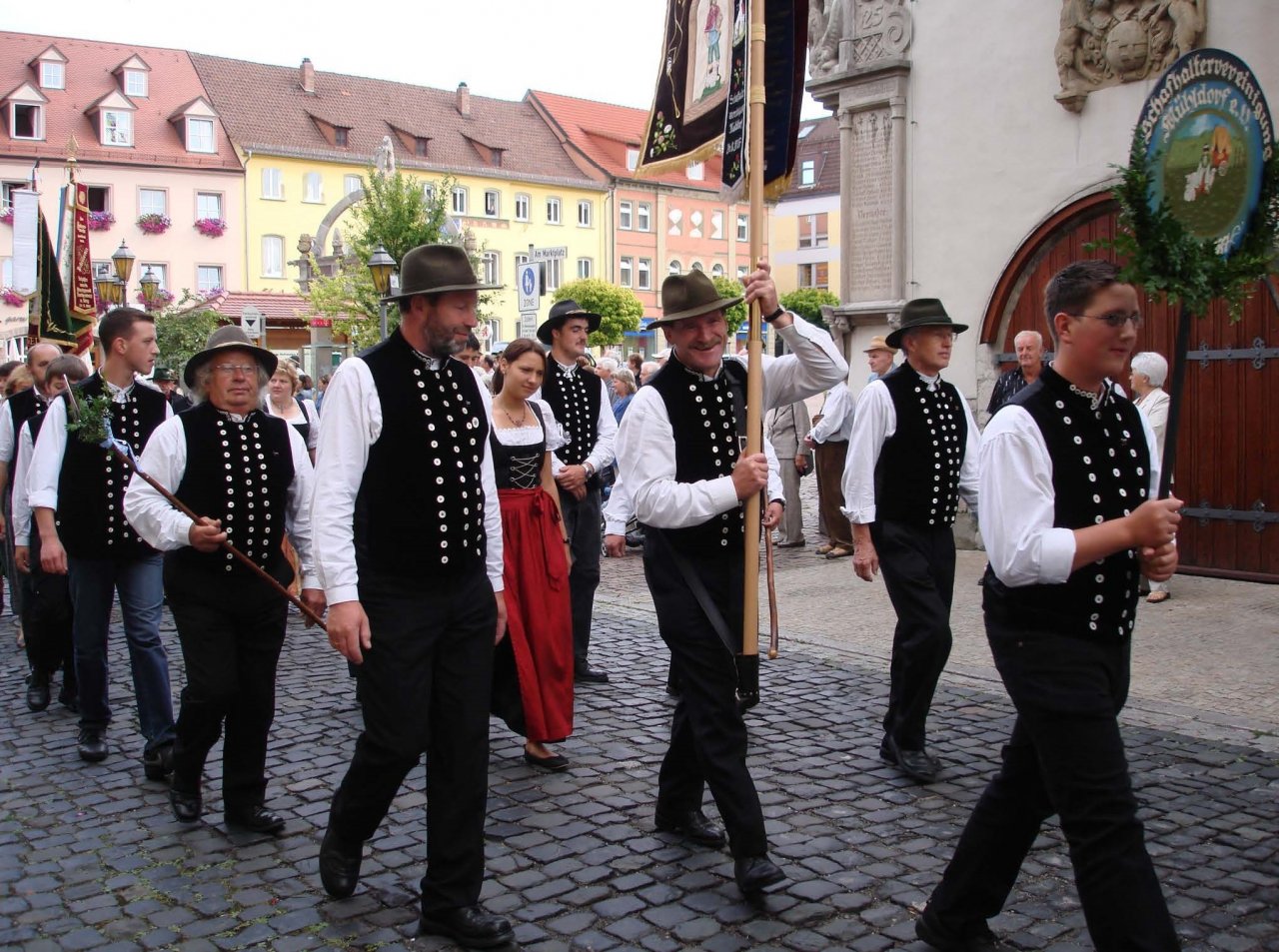
Since centuries, nomadic and herding sheep farming is practiced in southern Germany. The custom still plays a decisive role in the preservation of the natural and cultural landscapes today. The relevant knowledge and skills are communicated through professional training and further education.

Facts & Figures
Crucial date: Throughout the year
Inscription: 2020
Domains: Social practices, rituals and festive event; knowledge and practice concerning nature and the universe; traditional craftsmanship; performing arts
Where to find: Highlands of Southern German including Lake Constance region
In nomadic sheep farming, flocks of sheep, led by their shepherds, follow the available fodder supply in seasonal and local circles between summer, autumn and winter pastures. In winter, the animals are usually herded together for a short period of time. The summer pastures are often particularly sparse grazing grounds, which can hardly be used for other agricultural purposes. The autumn pastures are located in the farming regions on the way to the winter pastures or from the summer pastures. In winter, the sheep then move to climatically more favourable areas. Distances of 50 to 500 kilometres have to be covered by the herds.
Centuries of sheep grazing have resulted in juniper heaths, nutrient-poor and dry grasslands, which are among the historic cultural landscape features in Bavaria and Baden-Württemberg and are considered characteristic testimony to human activity in the natural environment. Furthermore, nomadic sheep farming contributes to the preservation of biodiversity and biotope cross-linking by transporting animal and plant species from one grazing area to the next and by the sheep's claws and wool.
Contact
Landesschafzuchtverband Baden-Württemberg e.V.
Anette Wohlfarth
@email
www.schaf-bw.de
Landesverband Bayerischer Schafhalter e.V.
Josef Grasegger
@email
www.derbayerischeschafhalter.de
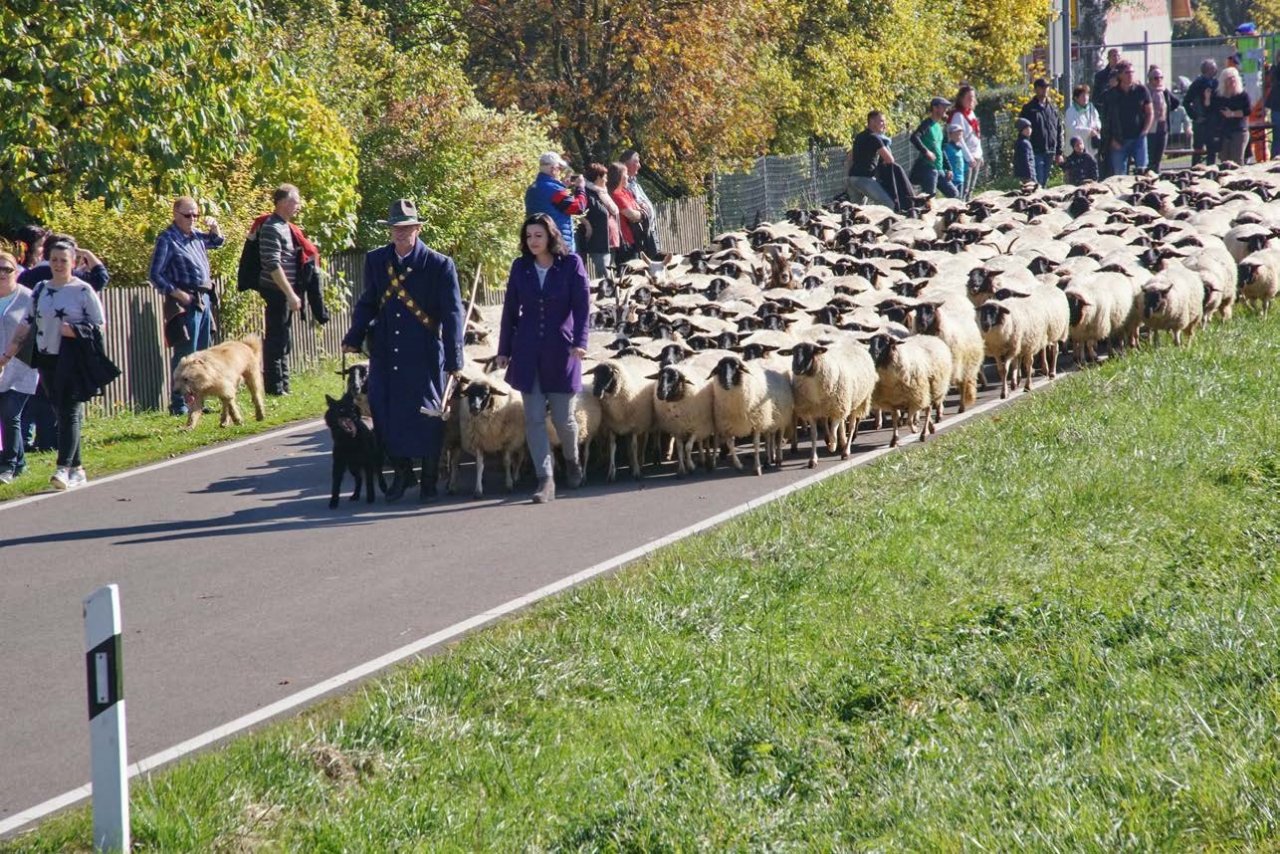
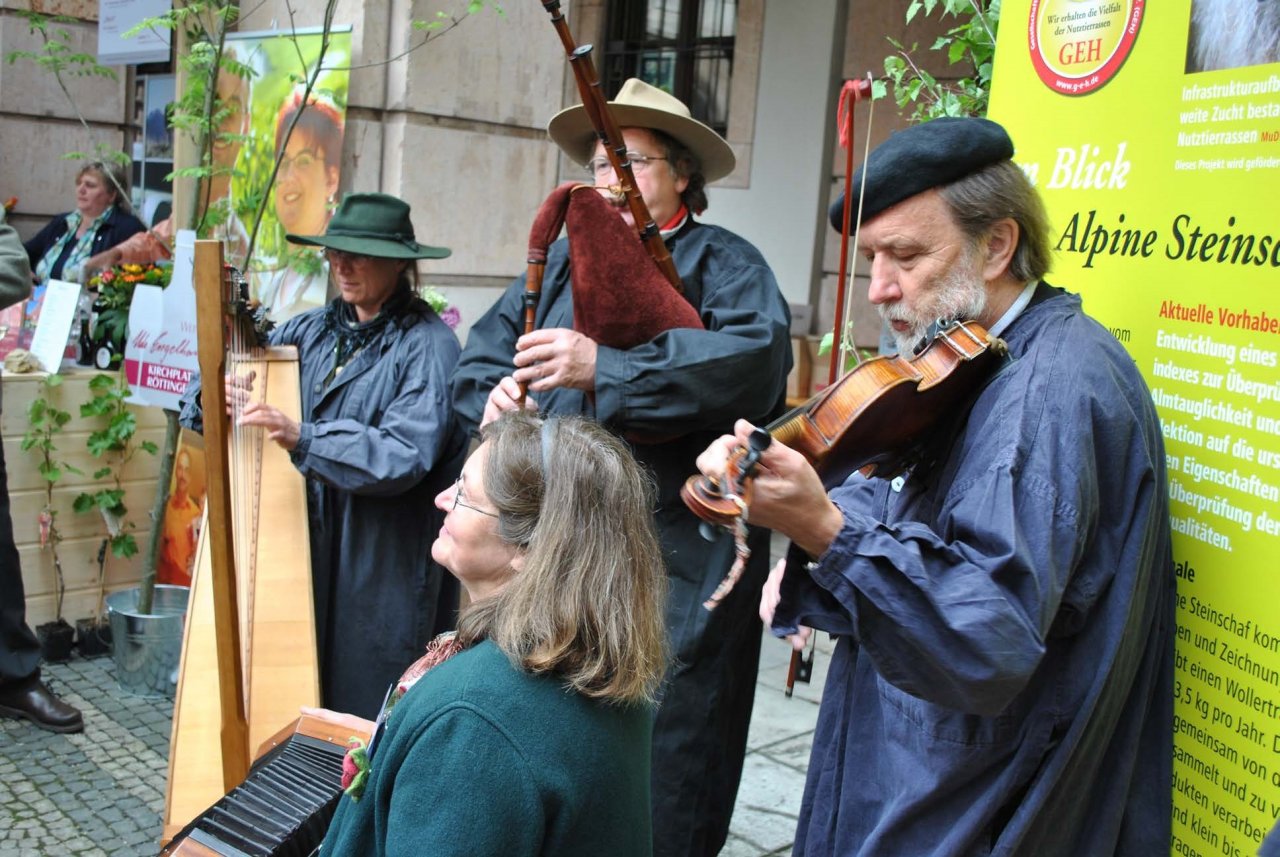
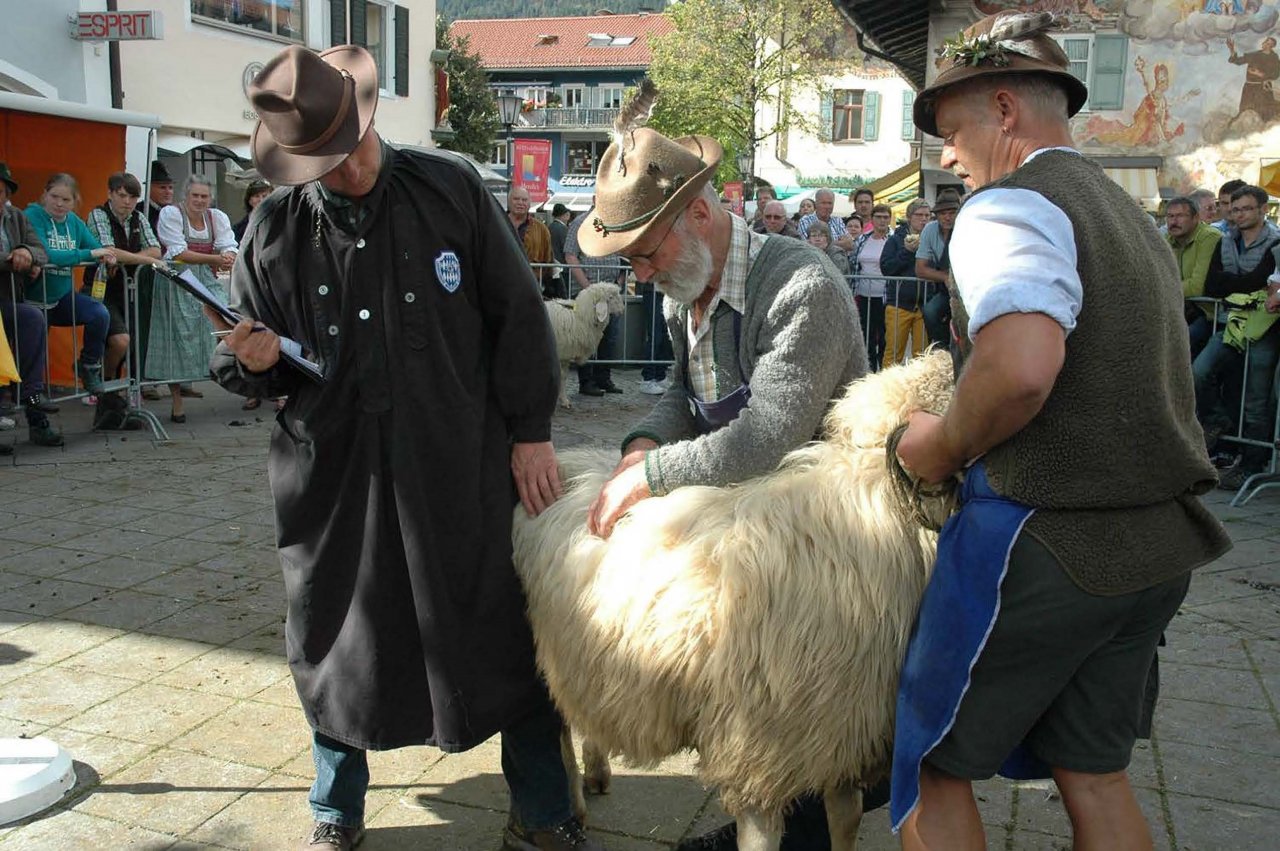
The knowledge about herding and leading the sheep, keeping and breeding the animals, the impact of utilisation intensity, frequency of use and time of use of the grazing areas and the fodder selection of the sheep is still an important part of the professional training of the sheep farmers. Further training courses in the context of adult education are also offered on these topics. In addition, the shepherd songs, shepherd poems and shepherd dances, which have been written over centuries, represent a special cultural heritage. In regional associations, they are not only performed at festivals and celebrations, but also start friendly competitions.


